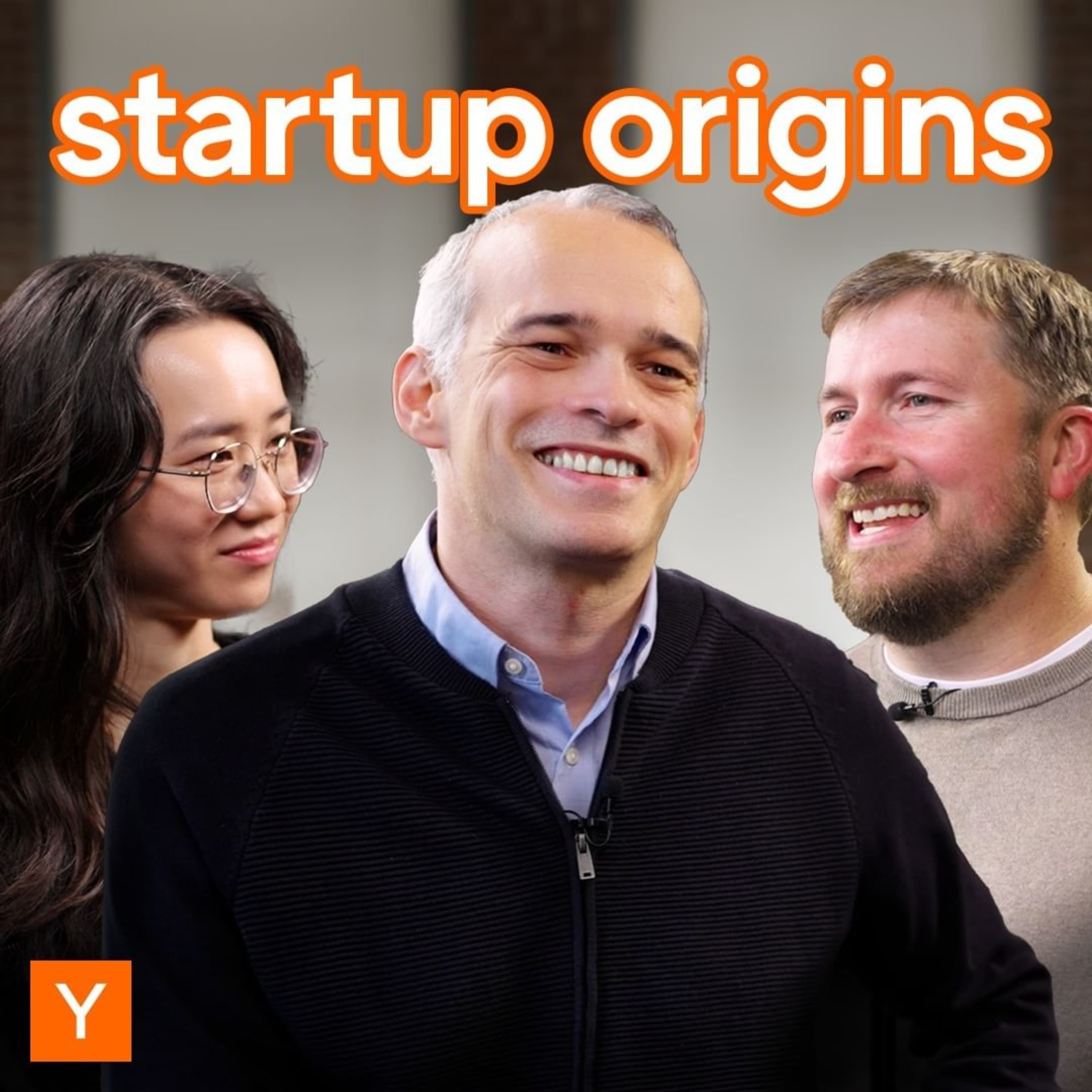
December 18, 2024
Why Design Matters: Lessons from Stripe, Lyft and Airbnb | Design Review
A detailed exploration of the role of design in the success of tech giants Stripe, Lyft, and Airbnb, featuring insights and anecdotes from Katie Dill, a key player in shaping their design cultures.
In the world of tech design, where innovation meets aesthetics, Katie Dill stands out as a beacon of insightful leadership and creative vision. As the head of design at Stripe, Katie has been instrumental in shaping the design cultures of some of Silicon Valley's most iconic companies, including Airbnb and Lyft. Her conversation on the Design Review podcast offers a fascinating glimpse into the intricate dance between design and business success.
The Power of Intentionality and User-Centric Design
Katie's journey through the design landscapes of these tech giants reveals a consistent theme: the power of intentionality and user-centric design. She emphasizes that the gravitational pull in any organization is often towards mediocrity, and it takes a concerted effort to resist this and strive for excellence.
"It's best to always come back to like, well, what problem are we trying to solve and who are we trying to solve it for?" she asserts.
This focus on the user is not just a design principle but a cultural cornerstone that has driven the success of companies like Airbnb and Stripe.
Building Trust Through Intentional Design
Airbnb, for instance, was a novel concept when it first launched—staying in a stranger's home was unheard of. Yet, through meticulous attention to design details, the founders crafted an experience that felt safe, secure, and enjoyable. This attention to detail built trust, a crucial element for any platform that relies on user interactions. Similarly, Stripe's founders approached online payments with the same level of care, ensuring that every aspect of the user interface communicated reliability and trustworthiness.
The Role of Founders in Cultivating a Design-First Mindset
Katie highlights the critical role of founders in embedding a design-first mindset from the earliest days of a startup. Founders like Brian Chesky of Airbnb and the Collison brothers of Stripe didn't just see design as a means to an end but as an integral part of their company's DNA. This mindset permeates through hiring practices, where taste and a passion for design are as important as technical skills.
Balancing Speed and Quality in Design
One of the standout moments in the podcast is Katie's discussion on the balance between shipping products quickly and maintaining high design standards. She acknowledges the urgency in startups but stresses the importance of not compromising on quality.
"It's never easy. There is no black and white answer of like, oh, you ship it when it's this or you ship it when it's that," she explains.
The solution lies in understanding the problem and the user, leveraging betas for feedback, and iterating based on real-world use.
Stripe's Collaborative Design Philosophy
At Stripe, this philosophy is embodied in their collaborative design process. Designers, engineers, and product managers work hand in hand, ensuring that the user experience is coherent across all touchpoints—from the website to the product interface. This collaborative approach is not just about creating beautiful products but about crafting experiences that resonate with users and meet their needs.
Practical Insights for Founders
Katie also shares practical insights for founders looking to level up their design game. She suggests adopting a mindset similar to a pilot's pre-flight checklist, scrutinizing every detail of a product to ensure it meets high standards of functionality, usability, and beauty. Observing and learning from products you admire can also help cultivate taste, a crucial yet challenging aspect of design.
A Look at Stripe's User-Centric Product, Workbench
The conversation wraps up with a look at Stripe's innovative product, Workbench, which exemplifies the company's commitment to user-centric design. By integrating feedback from real users like Slack and Notion, Stripe has created a tool that enhances the developer experience, reducing context switching and maintaining flow states.
Conclusion
Katie Dill's insights serve as a masterclass in the art of design leadership. Her emphasis on intentionality, user focus, and cultural integration of design principles offers valuable lessons for founders and designers alike. For those intrigued by the intersection of design and business success, this podcast episode is a must-listen, promising a wealth of knowledge and inspiration.
References: Stripe Press, Airbnb, Lyft, Stripe.

How Do Billion Dollar Startups Start? | Office Hours
A deep dive into startups' journey from humble beginnings to billion-dollar companies. The post covers various stages of a startup's life, including the early days, the battle for survival, the art of pivoting, the role of visionary founders, and the quest for product-market fit.
